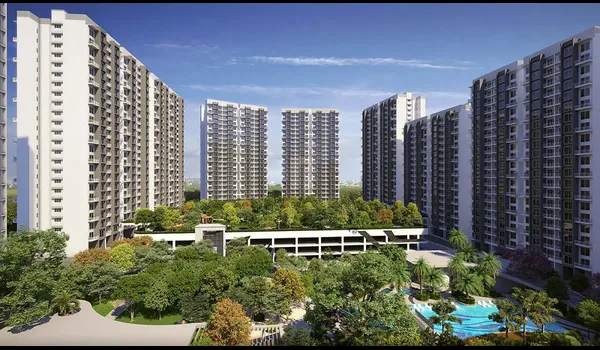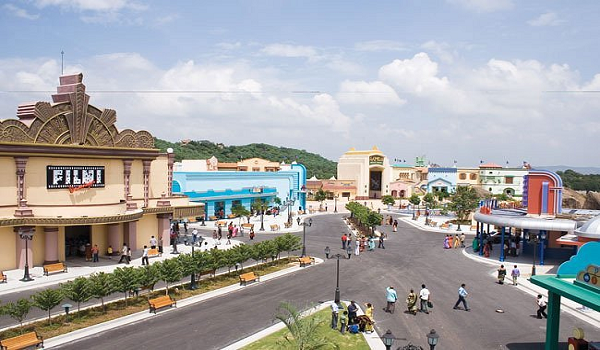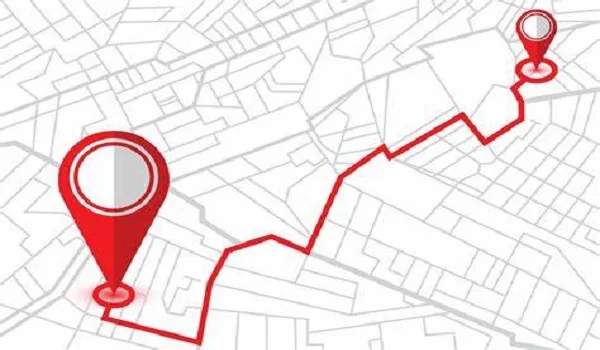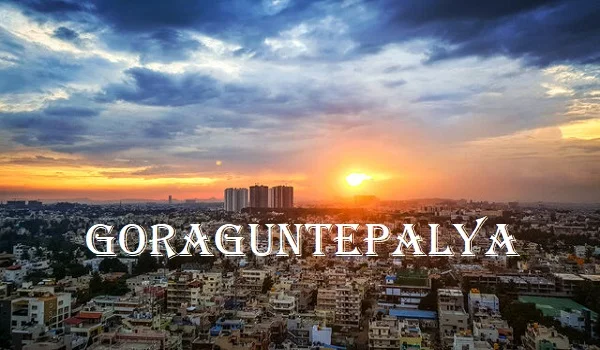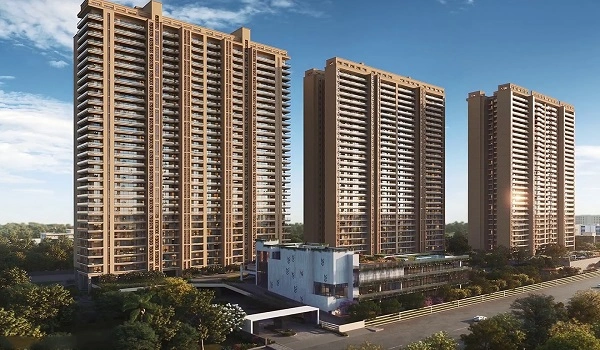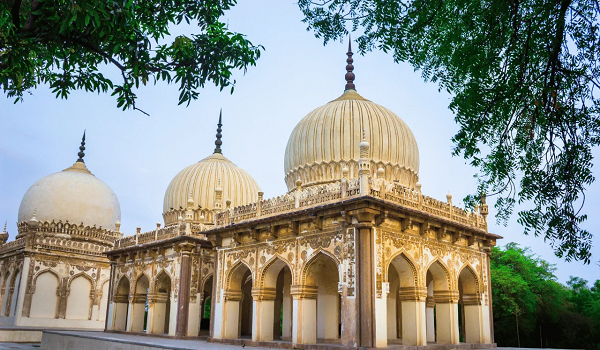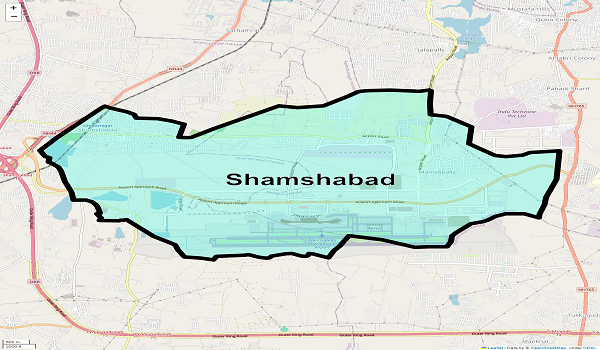Most Hyderabad Homes Skip Rainwater Harvesting Pits What It Means For The City's Groundwater
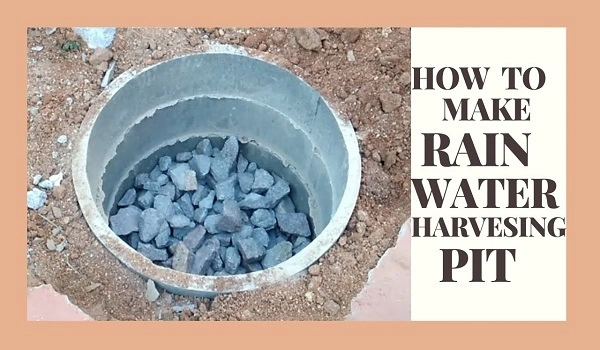
Hyderabad gets plenty of rain during the monsoon, but much of it goes to waste. Even with rules in place, many homes across the city do not build rainwater harvesting (RWH) pits. This has become a serious issue. Groundwater levels are dropping fast, and some areas now rely almost fully on private water tankers.
In short, the city is letting rainwater slip away—and digging deeper for drinking water.
The law clearly says that any home built on a plot above 200 square meters must include an RWH pit. These soak pits help collect rainwater and let it seep into the ground. But in reality, most new houses are ignoring this rule.
Between 2020 and 2025, the Greater Hyderabad Municipal Corporation (GHMC) approved nearly 69,575 building permits. Out of these, only 23,239 homeowners actually built soak pits. That's just one in three. Even in the last year, only about 4,578 out of 11,509 new houses followed the rule. Very few even applied for occupancy certificates (OCs), which are supposed to be given only after verifying RWH.
Despite more rainfall than usual in 2024–25, groundwater levels in Hyderabad are still falling:
- In Trimulgherry, water levels dropped from 7.9 meters in May 2024 to 18.9 meters in May 2025.
- Kukatpally reached a worrying 28.6 meters.
- The average depth in GHMC areas inside the Outer Ring Road is now 12.3 meters.
The city also saw a drop of about 4.4 meters between the post-monsoon period in November and May 2025. According to the Groundwater Department, over 70% of Hyderabad is using more groundwater than it should. Areas like Ameerpet, Khairatabad, and Amberpet are overdrawn by more than 100%.
A large part of the city—about 145 square kilometers—has been declared a "red zone" because the water table is below 20 meters.
Here are the main reasons people skip building RWH pits:
- Lack of checks: Authorities often issue OCs without actually checking for soak pits.
- Awareness gap: Many homeowners either don't know the rule or think building a pit is too expensive.
- No upkeep: Even when pits are built, they're not cleaned or maintained, so they stop working.
- Urbanisation: Roads, parking spaces, and buildings leave little open land for water to seep in.
- Flat water supply: The city's water supply hasn't increased in years, but connections have. This makes people rely more on borewells.
As borewells run dry, more people are turning to private water tankers. In June 2025 alone, demand crossed 7,000 trips per day, up from the usual 6,000. This puts pressure on middle- and low-income families, who now pay more for basic water needs.
To fix the problem, officials have started some new steps:
- Surveys and Notices: HMWSSB surveyed 45,000 homes. Around 16,000 had working RWH systems. They also sent notices to homeowners with large plots to build soak pits or face penalties.
- Free Help: Trained geologists are now helping residents with technical advice to build soak pits.
- Old Borewells to Soak Pits: GHMC plans to turn 3,000 old, unused borewells into soak pits. This will happen in a 90-day drive from October to December 2025.
- Awareness Drives: More public campaigns are expected to encourage residents to act.
- Long-Term Water Projects: The government is working on the ₹7,000 crore Godavari Drinking Water Phases 2 and 3, but these will only be ready by 2027.
- Stronger Rules: Make occupancy certificates strictly tied to verified soak pits.
- Offer Discounts: Cities like Indore and Delhi give property tax rebates to homes with working RWH systems. Hyderabad could do the same.
- Community Action: In places like Kondapur, gated communities have come together to build shared RWH pits—and the results show in rising water levels.
- Better Design for Cities: New buildings should include modern RWH systems that fit small plots. Open areas, parks, and lakes must be protected to help natural recharge.
- Retrofitting Older Homes: Government can offer subsidies to older homes for adding soak pits.
- Keep Pits Clean: Regular cleaning of existing RWH systems is as important as building new ones.
Some modern housing projects like Godrej Regal Pavilion in Kokapet are taking RWH seriously. With smart water management features built into the design, these homes are not only eco-friendly but also save residents from relying on water tankers.
Hyderabad's water crisis isn't just a future problem—it's already here. Fixing it doesn't need big money or new technology. Simple rainwater harvesting, if done right and on time, can solve much of the issue.
As the monsoon arrives, this is the moment to act. Whether you're a homeowner, builder, or policymaker, now is the time to make RWH a priority—not just for today, but for the future of the city.
| Enquiry |
